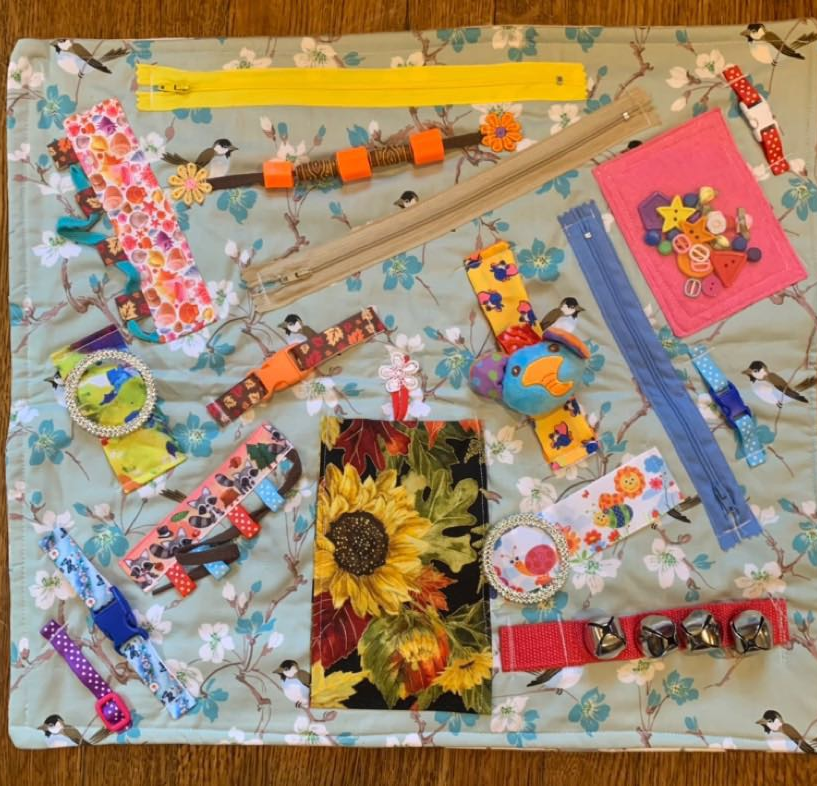Background: Persons living with dementia (PLWD) have two times more hospitalizations than persons without cognitive impairment. For PLWD, the unfamiliar environment of the hospital setting results in behavioral and psychological symptoms of dementia (BPSD) and consequently, increased use of psychoactive medications and enhanced nursing supervision. The objective of this quality improvement project was to evaluate the potential role of activity blankets as a nonpharmacologic intervention for the prevention and management of BPSD and its effect on resource utilization and hospital caregiver (HCG) experience.
Methods: We conducted a retrospective chart review of older adults (65+) with a documented history of dementia, admitted to one medicine unit at a large academic hospital in the Northeast. Activity blankets were distributed to patients who were deemed to be at risk for BPSD or delirium, and could still engage with diversionary activities. In-depth chart reviews were completed to collect information regarding demographics, dementia severity (based on the Functional Assessment Scale, FAST), and clinical management of BPSD. In addition, surveys (utilizing a Likert Scale ranging from Never to Always) were distributed to HCGs (nurses, nursing assistants) regarding their perception of and experience with the activity blankets.
Results: A total of 23 hospitalized PLWD received an activity blanket. The mean age of participants was 84.2 years old. All participants (n=23) had at least moderate dementia (FAST stage 6c and higher). The average length of hospital stay was 9.77 days. Over half (56.5%, n=13) of participants displayed BPSD prior to receiving the blanket. 26.1% (n=6) of patients received constant observation and 4.4% (n=1) required use of restraints prior to activity blanket use, which were not required by any patients following the use of the blankets. Following activity blanket receipt, the use of psychoactive medications decreased (pre vs. post activity blanket use): antipsychotics (47.8%, n=11 vs. 17.4%, n=4); benzodiazepines (34.8%, n=8 vs. 8.7%, n=2); and diphenhydramine (13%, n=3 vs. 4.4%, n=1). With regard to HCG (n=8) experience with activity blankets, staff reported high levels of: satisfaction—always (62.5%), sometimes (25%), and neutral (12.5%); frequency of use–always (37.5%) and sometimes (62.5%); helpfulness—always (25%) and sometimes (75%); and enjoyment for patients—always (12.5%) and sometimes (87.5%).
Conclusions: There is an urgent need to improve the provision of care for hospitalized PLWD. Activity blankets are an innovative nonpharmacologic strategy to prevent and manage BPSD.

